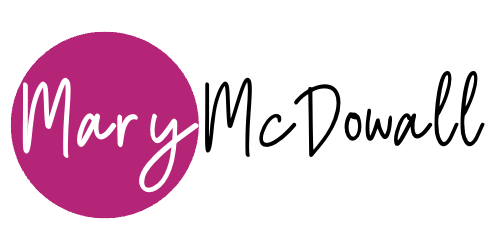Yay and Yikes! Comparing Two Different Kinds of Master Minds
/I received a newsletter from someone whose work I follow this week promoting her master mind groups. My response after reading the headline was two-fold. Yay! Someone else is promoting master minds too. And Yikes! She's promoting the same thing I am and at the same time.
As I read further the 'Yikes" began to fade away and lose energy because what my partner Kathy Kane and I offer is so very different.
In the newsletter, the author described what I think may be a lot of people's experience with master minds. It talked about the pressure this person felt being in the "hot seat" and how being in a master mind can be difficult and feel uncomfortable. Even if the benefits outweigh these factors, why would anyone want to even consider a master mind like this? Especially since there is a kinder, gentler and equally powerful alternative; a KMI Master Mind.
The basic premise of a master mind is to gather people together and harness the skills, expertise, resources and connections to form a "super" or "master" mind to advance an idea or resolve an issue. Master minds work and they have been around for centuries. Often they are used within a business context, but just about any area of interest can be the foundation of a master minding circle.
What makes a KMI Master Mind different? A KMI Master Minding Circle is infused with the Kaizen philosophy and creativity. This combination is a dynamic fusion of being in the process and getting things done in ways that build sustainable momentum. It is process focused not results driven; creating opportunities for progress that are sustainable because you won't burn out from high pressure, competition and unrealistic expectations. Instead you get to experience joyful abundance and the fringe benefits, as Jill Badonsky calls them, of being in the creative process.

